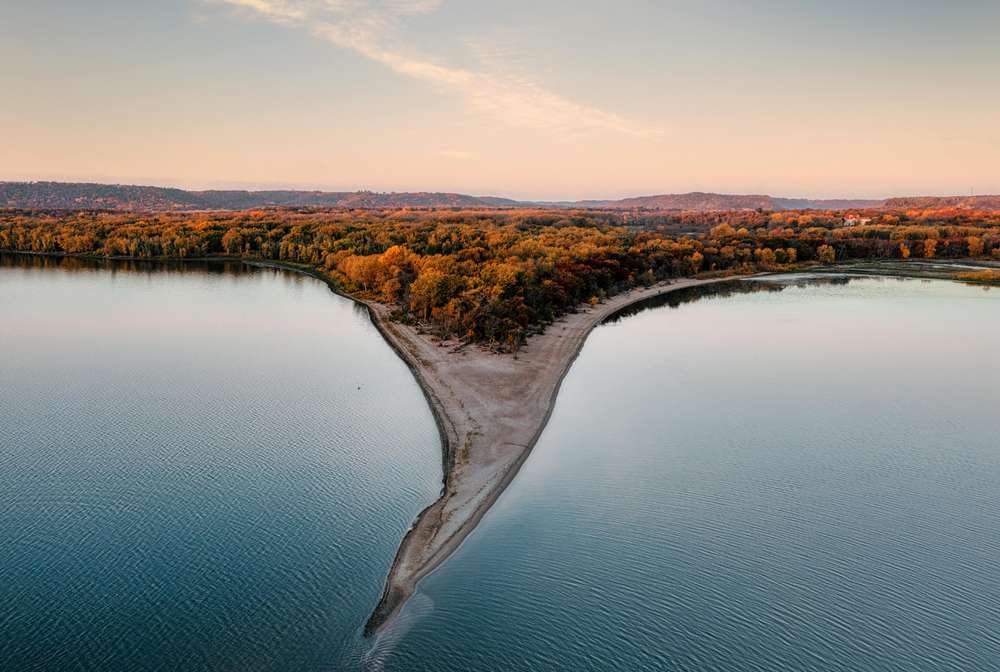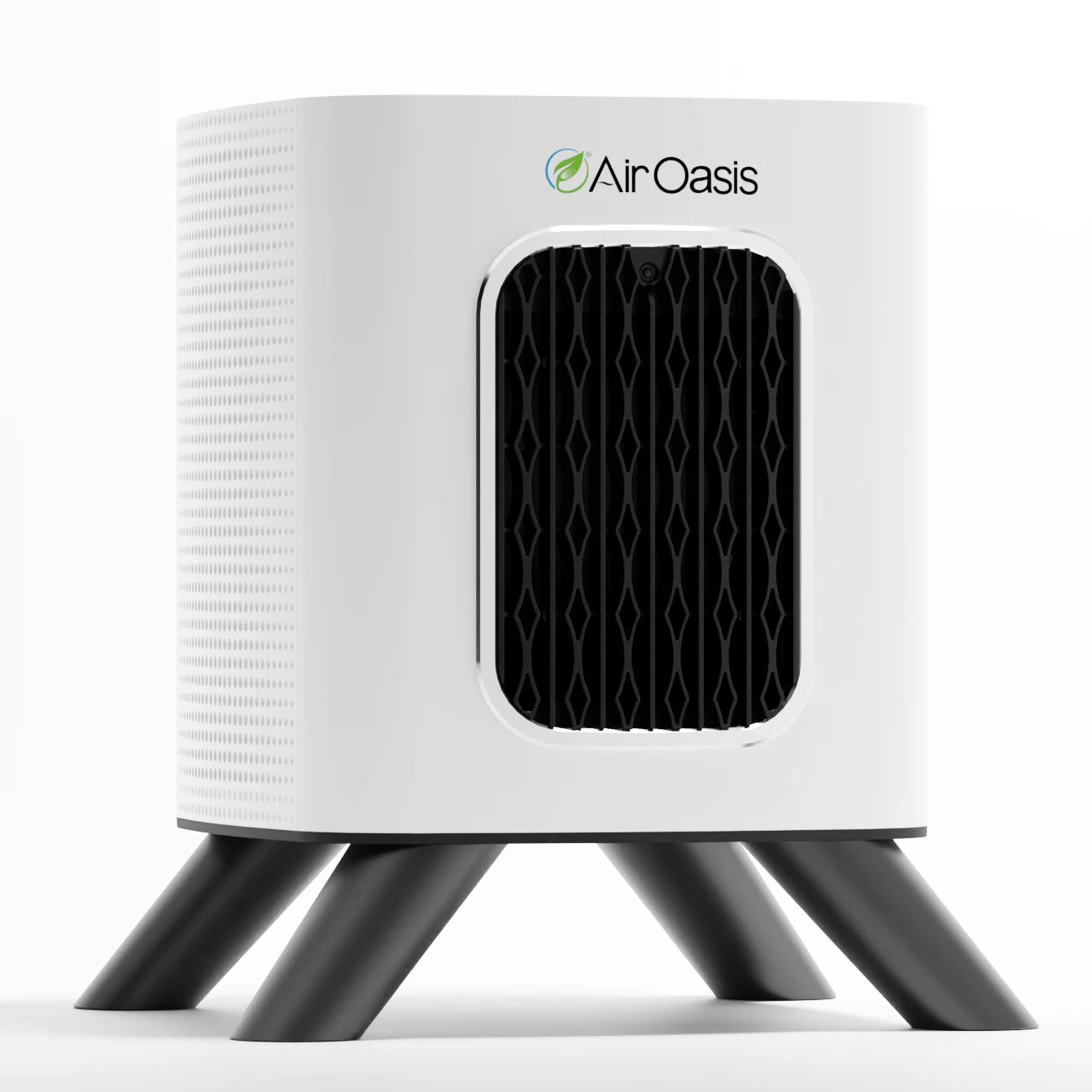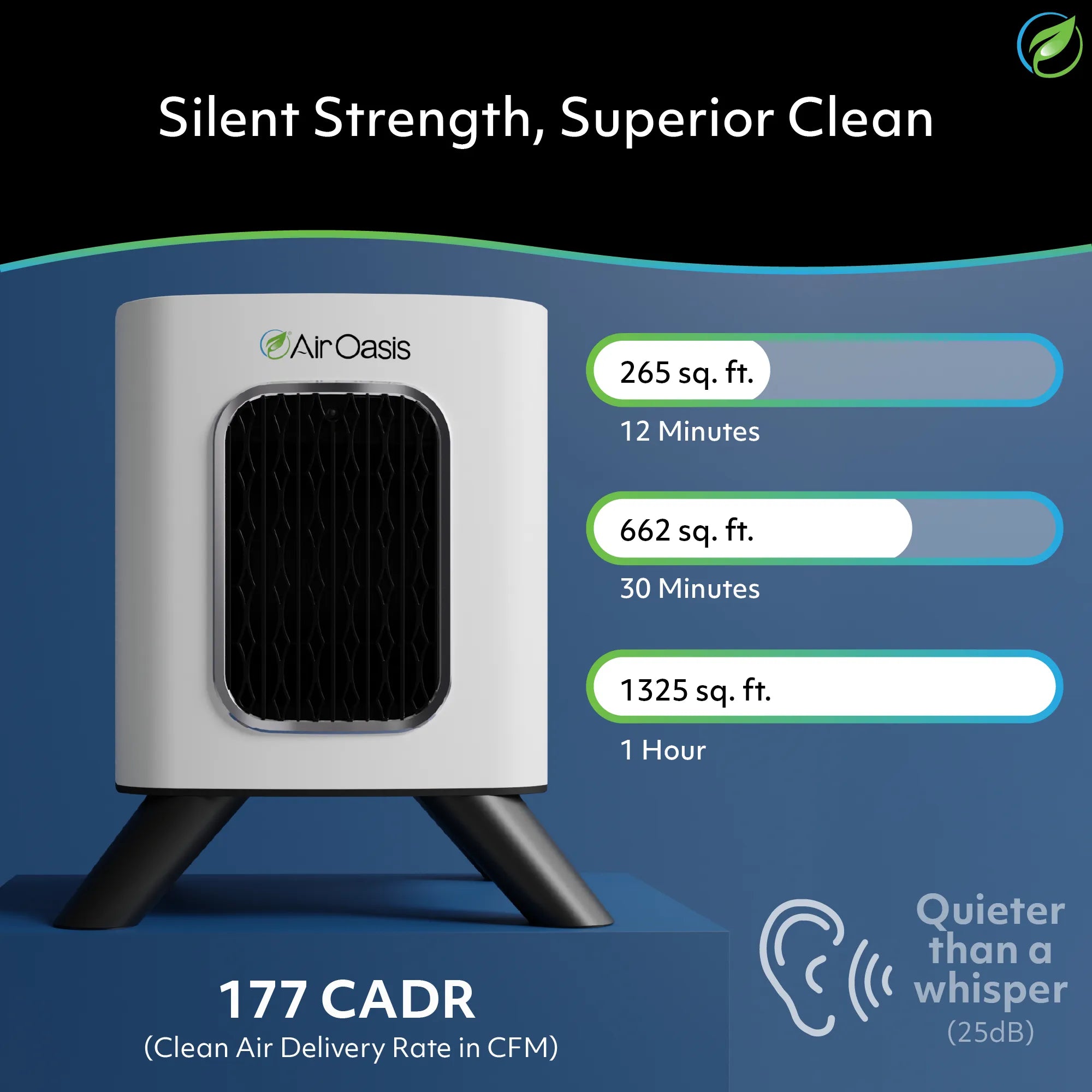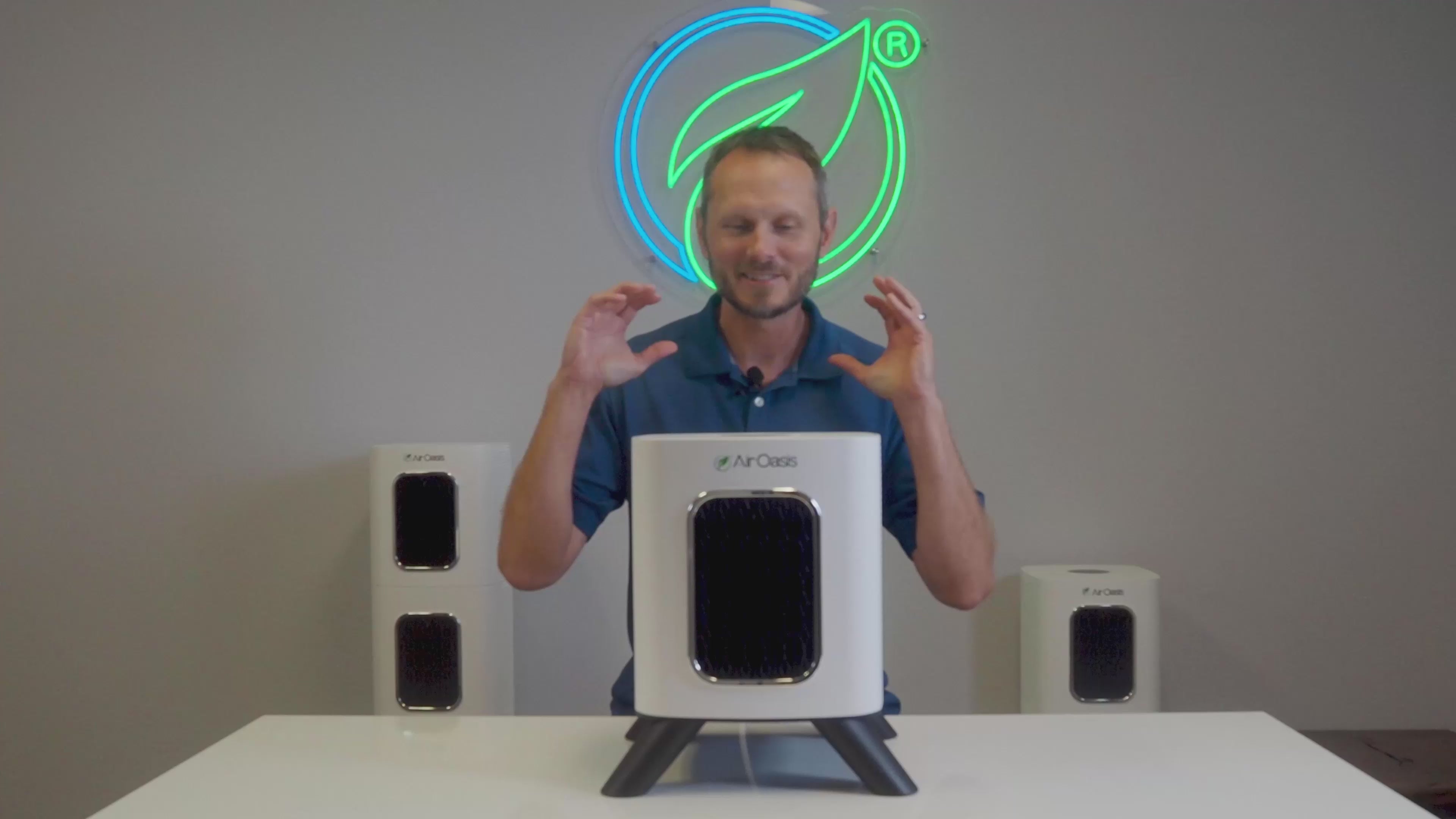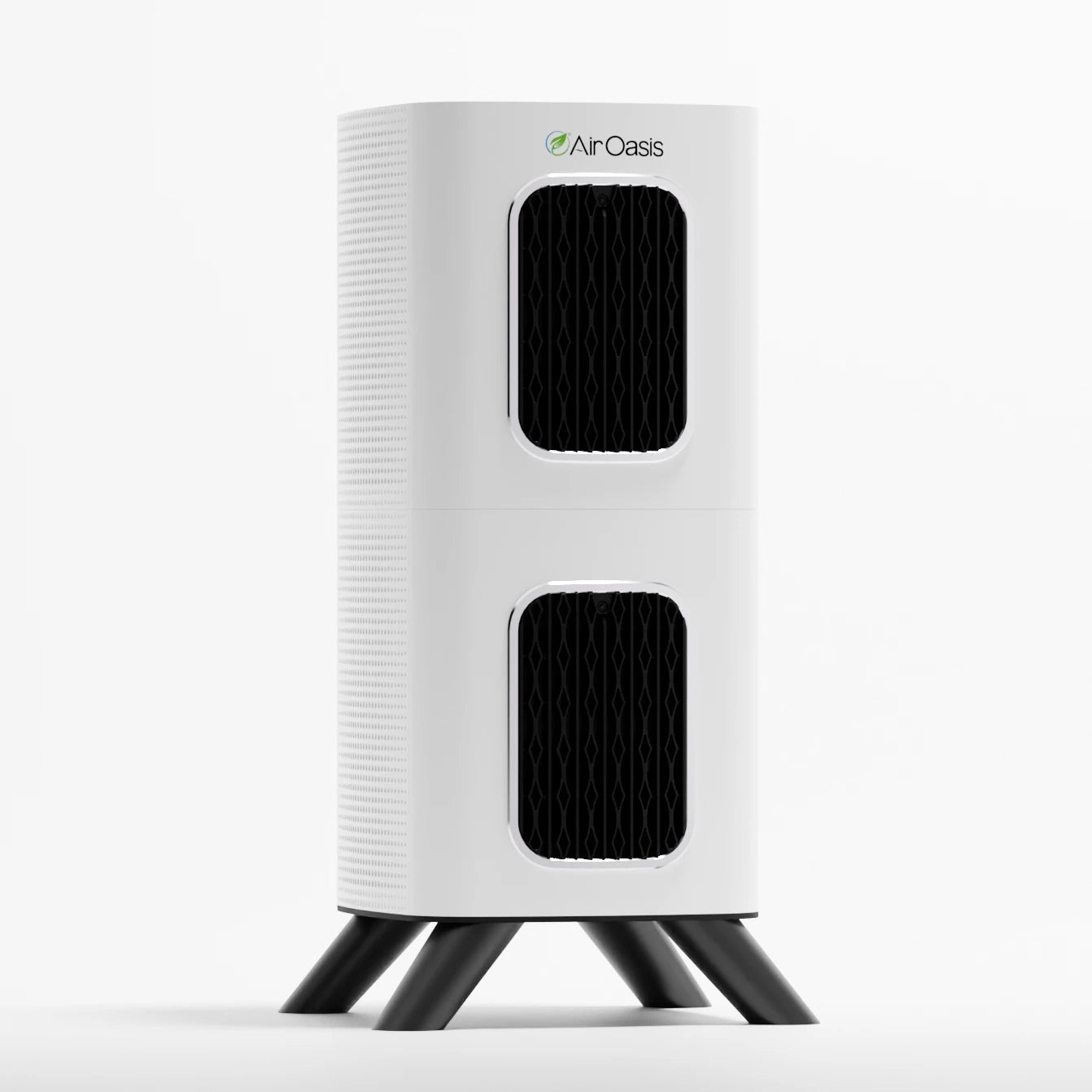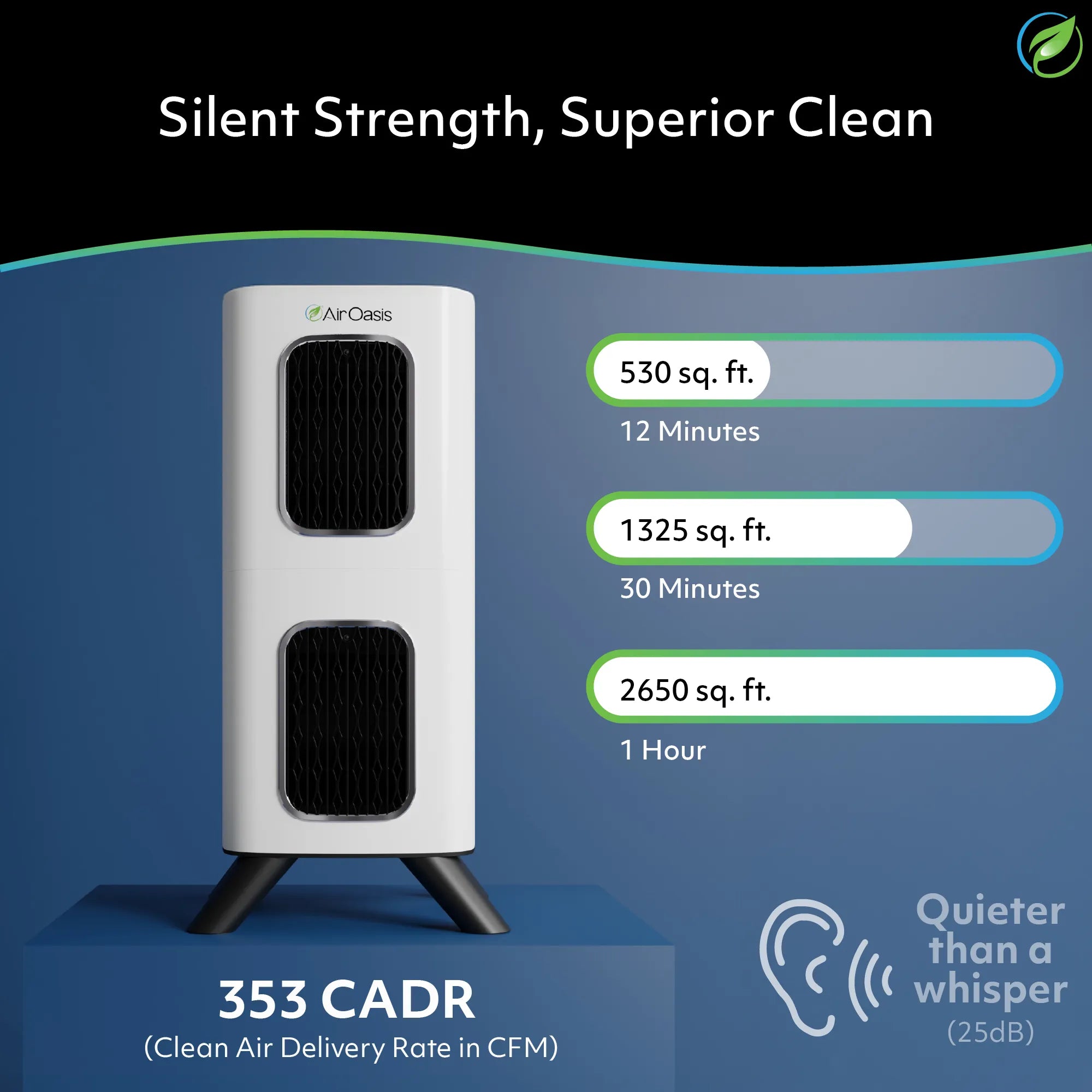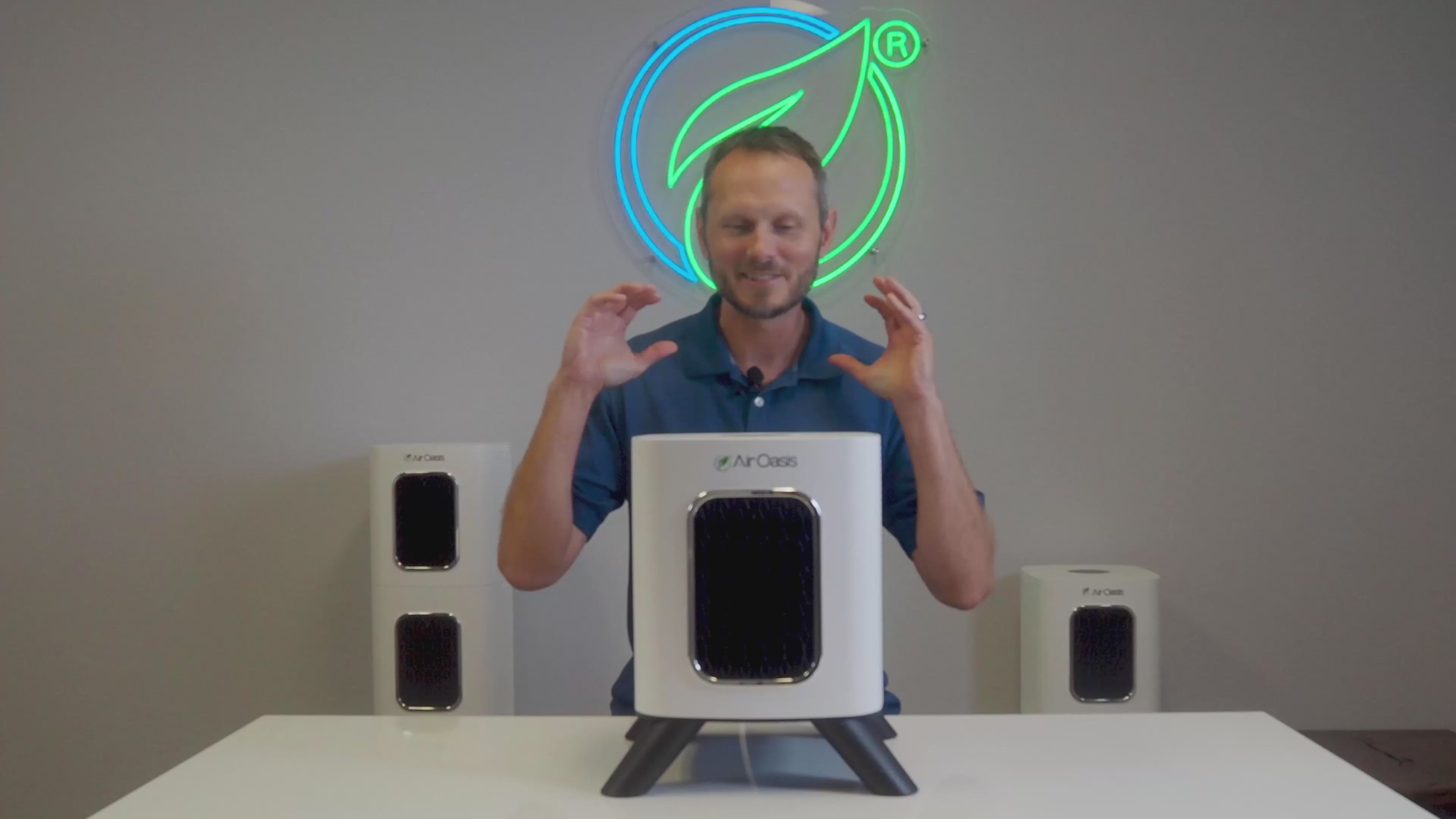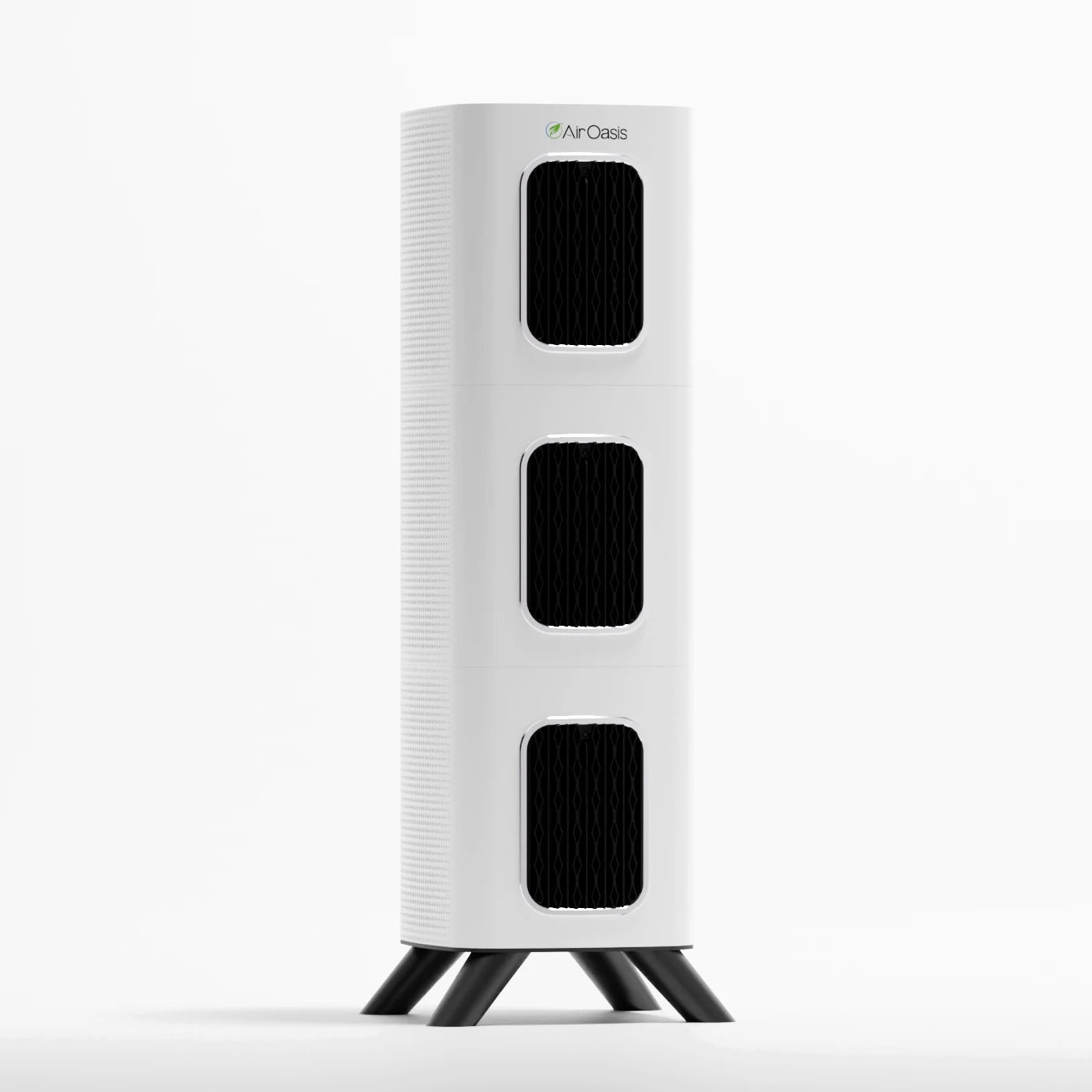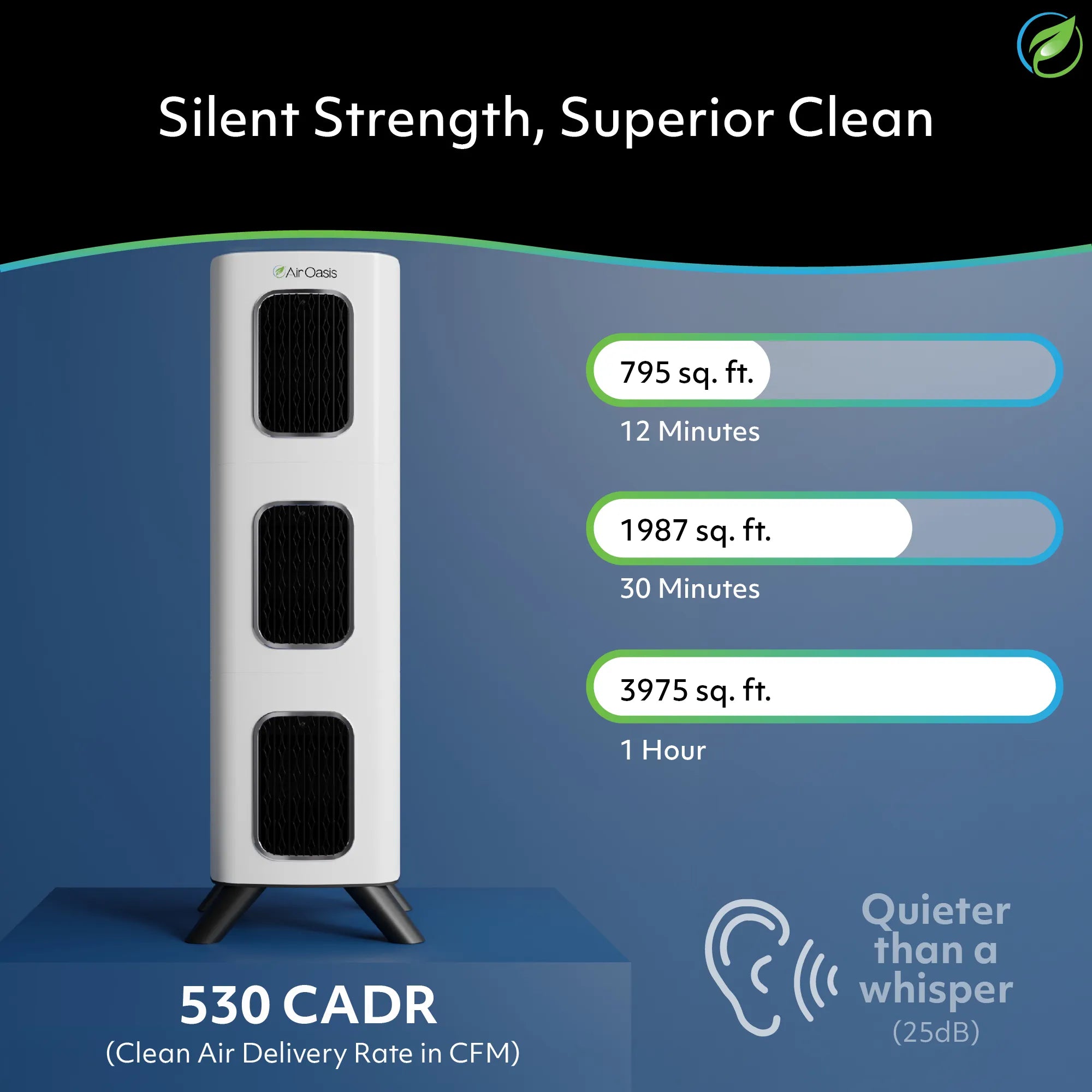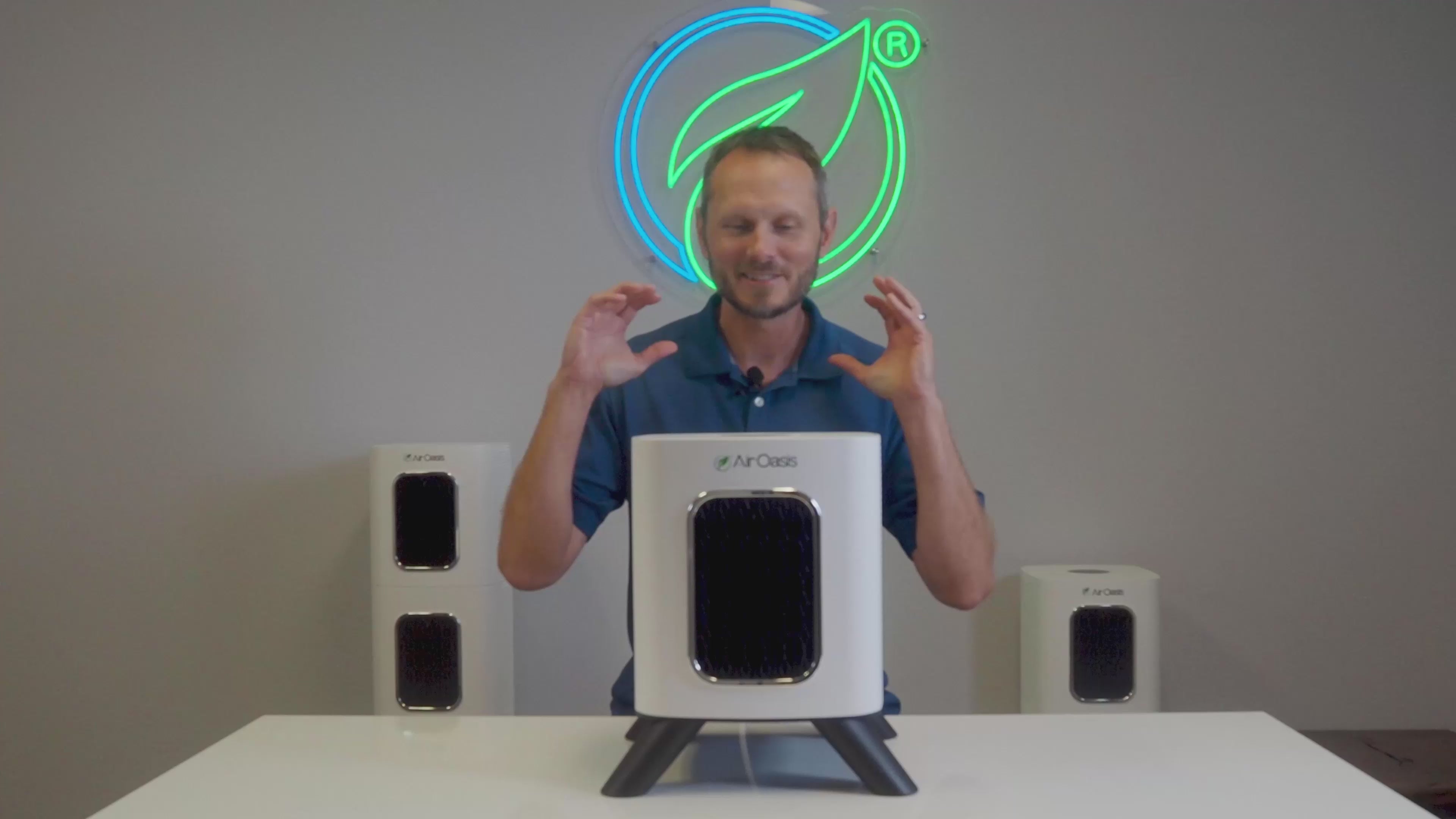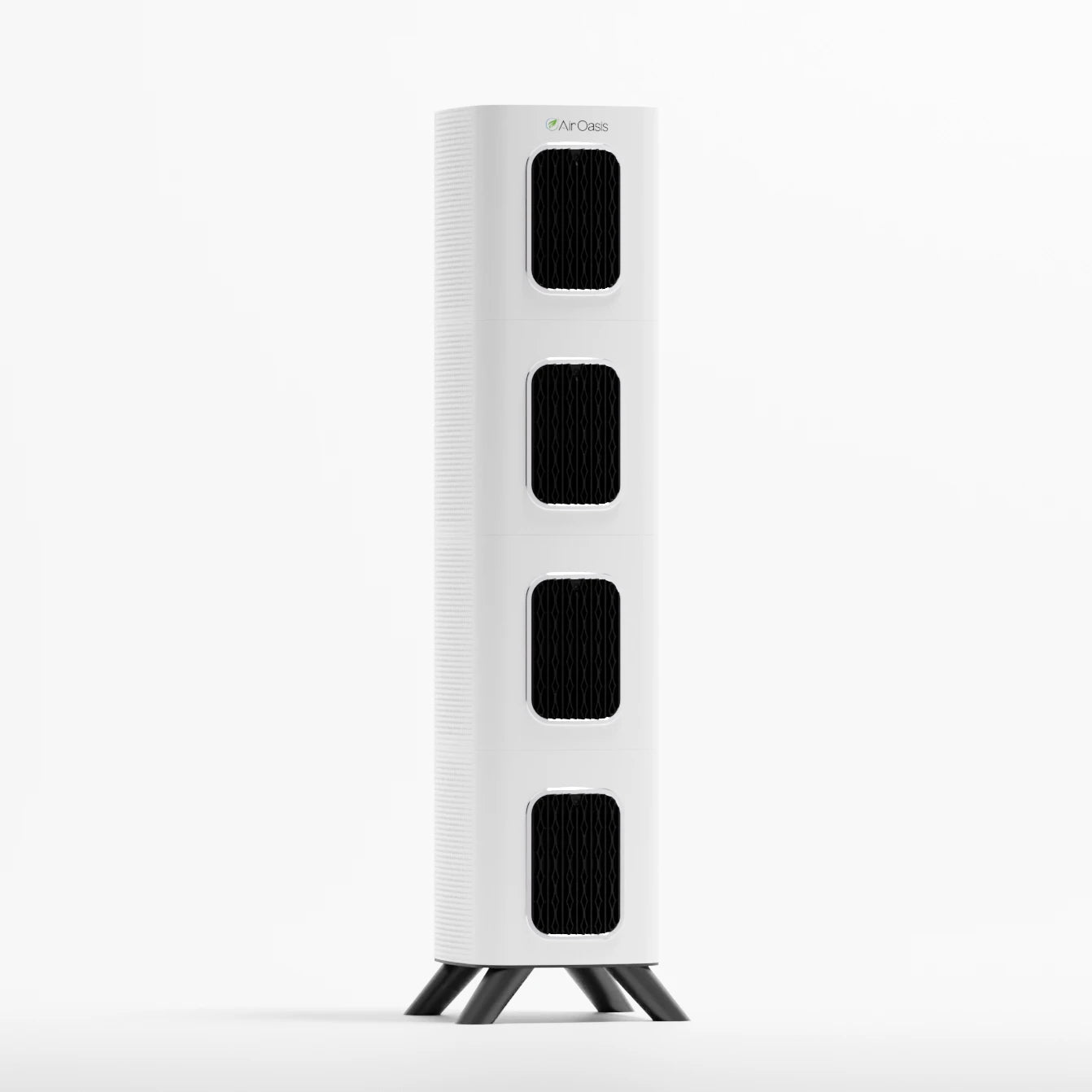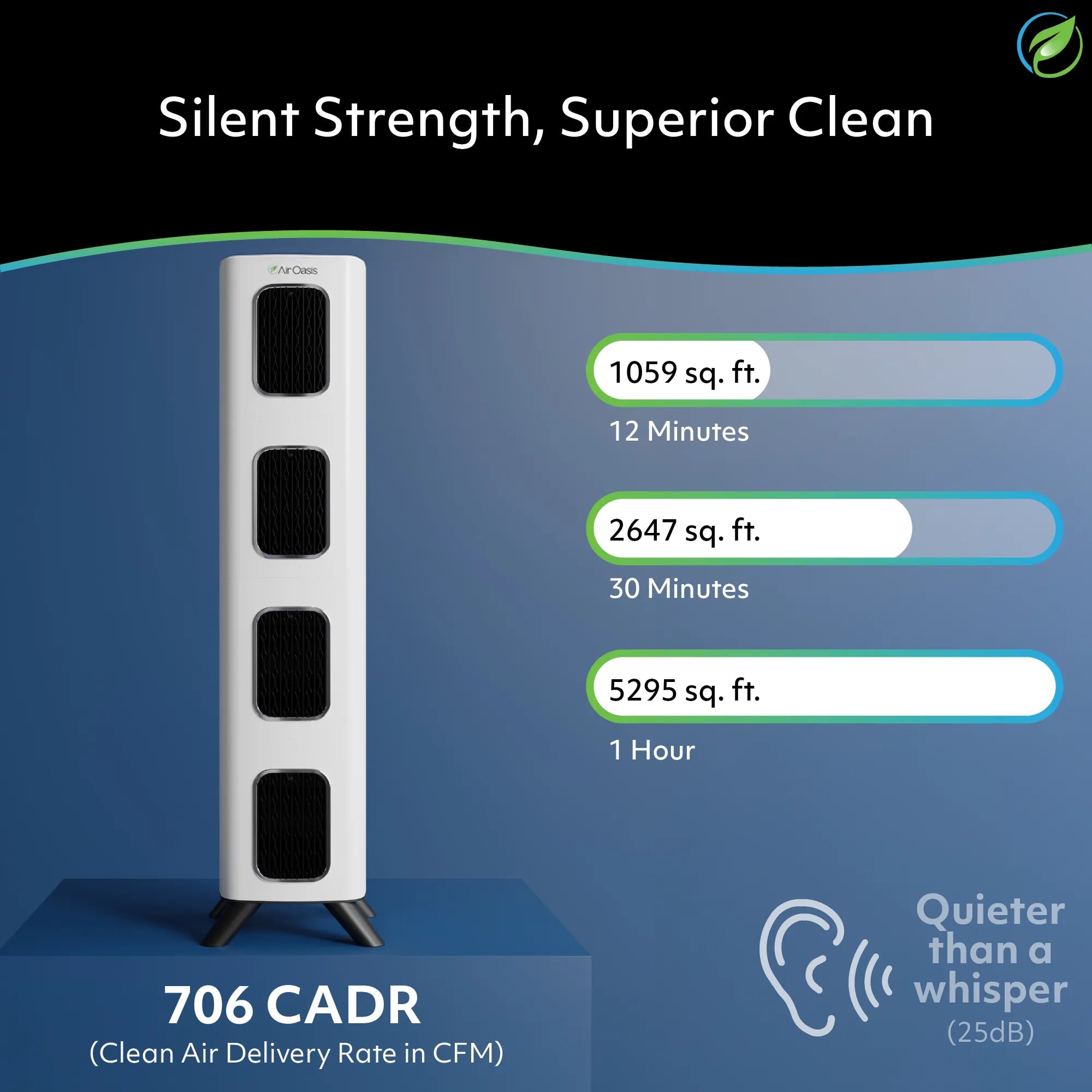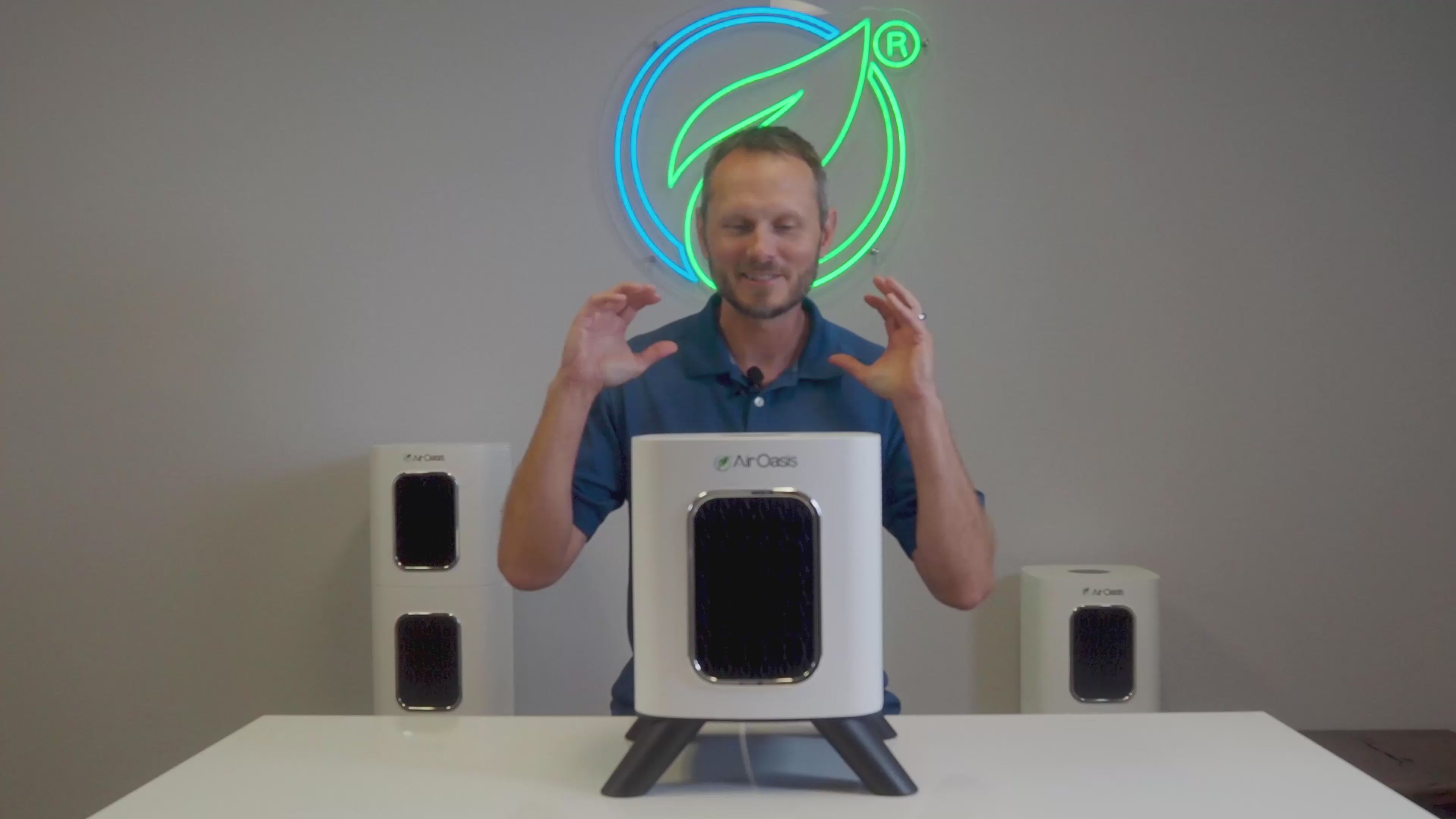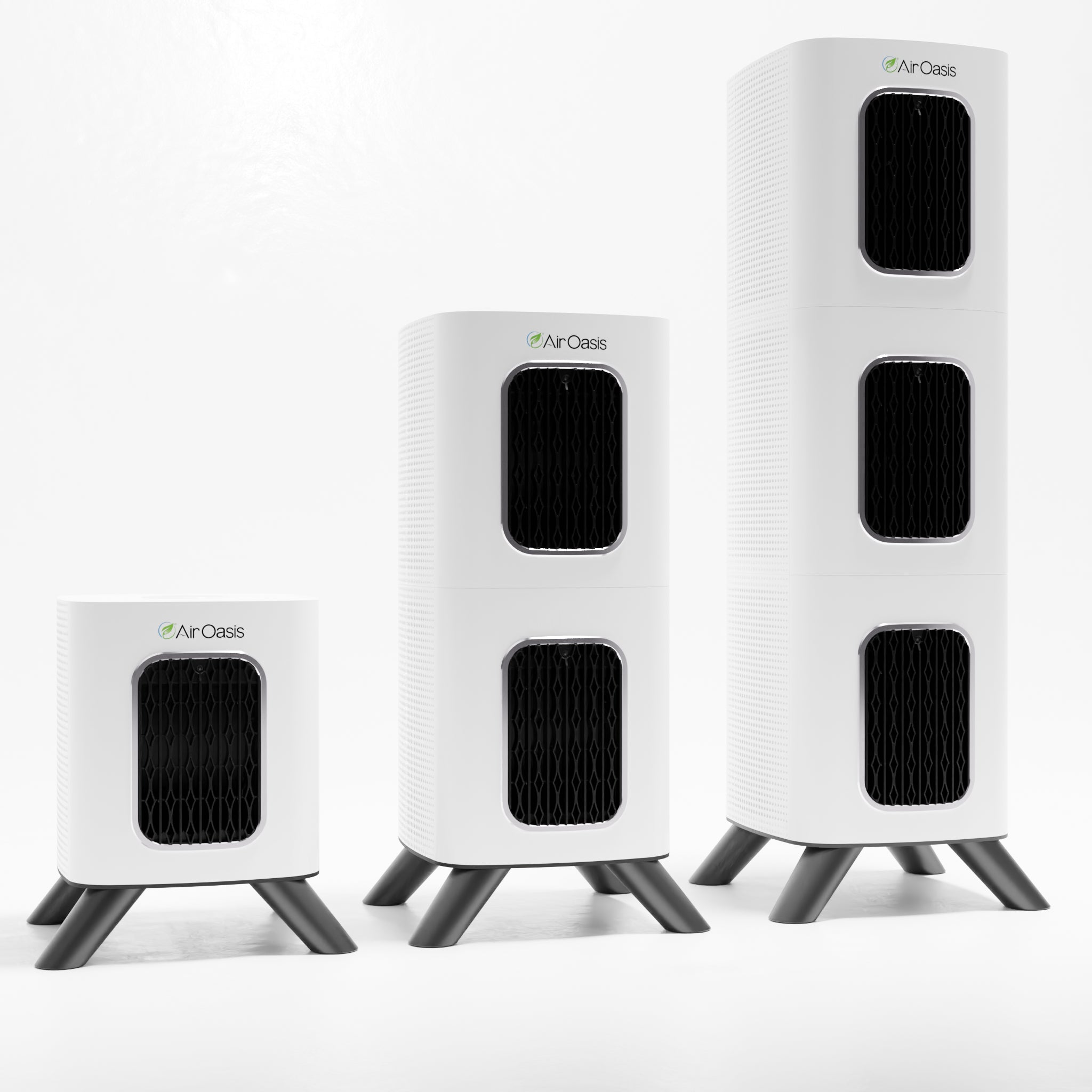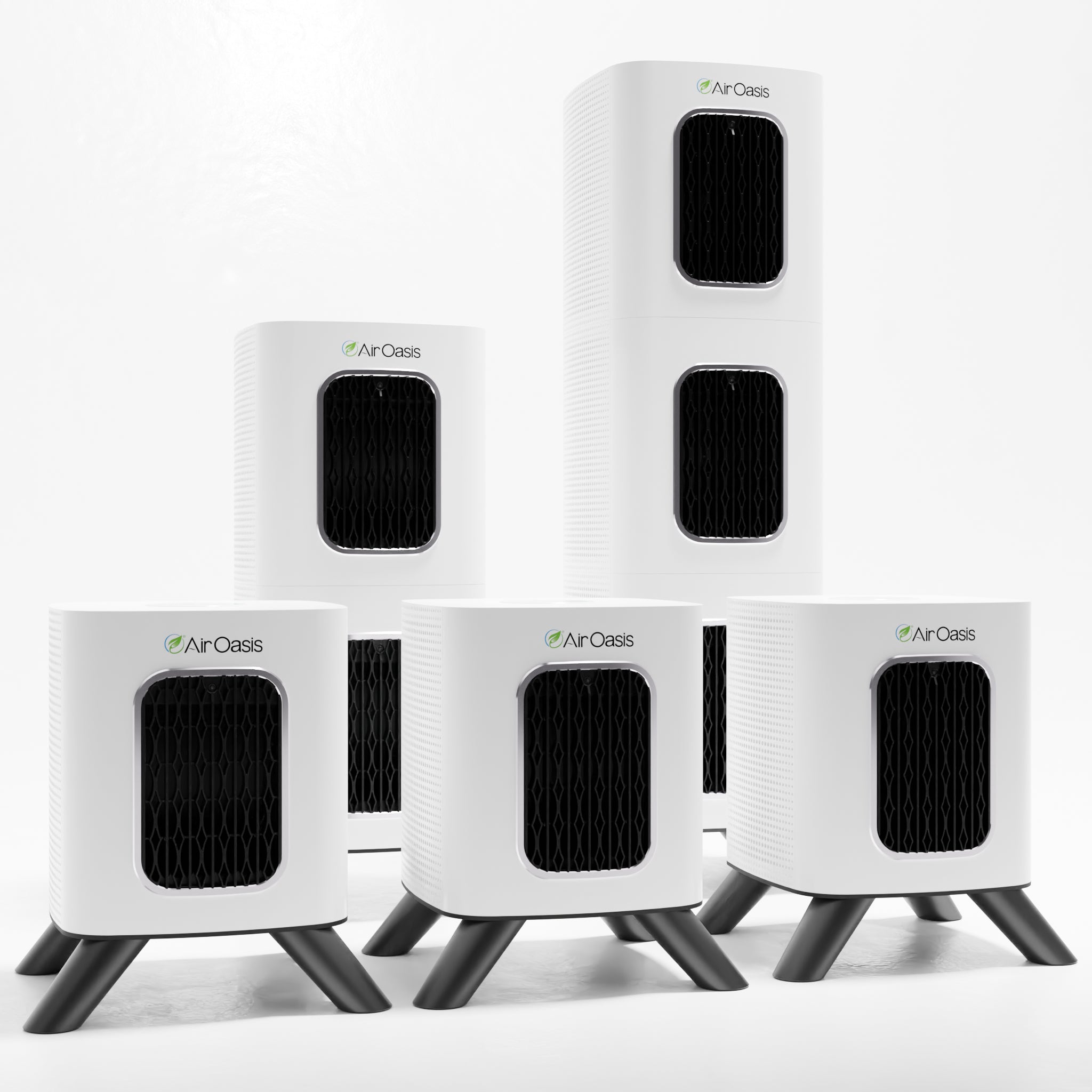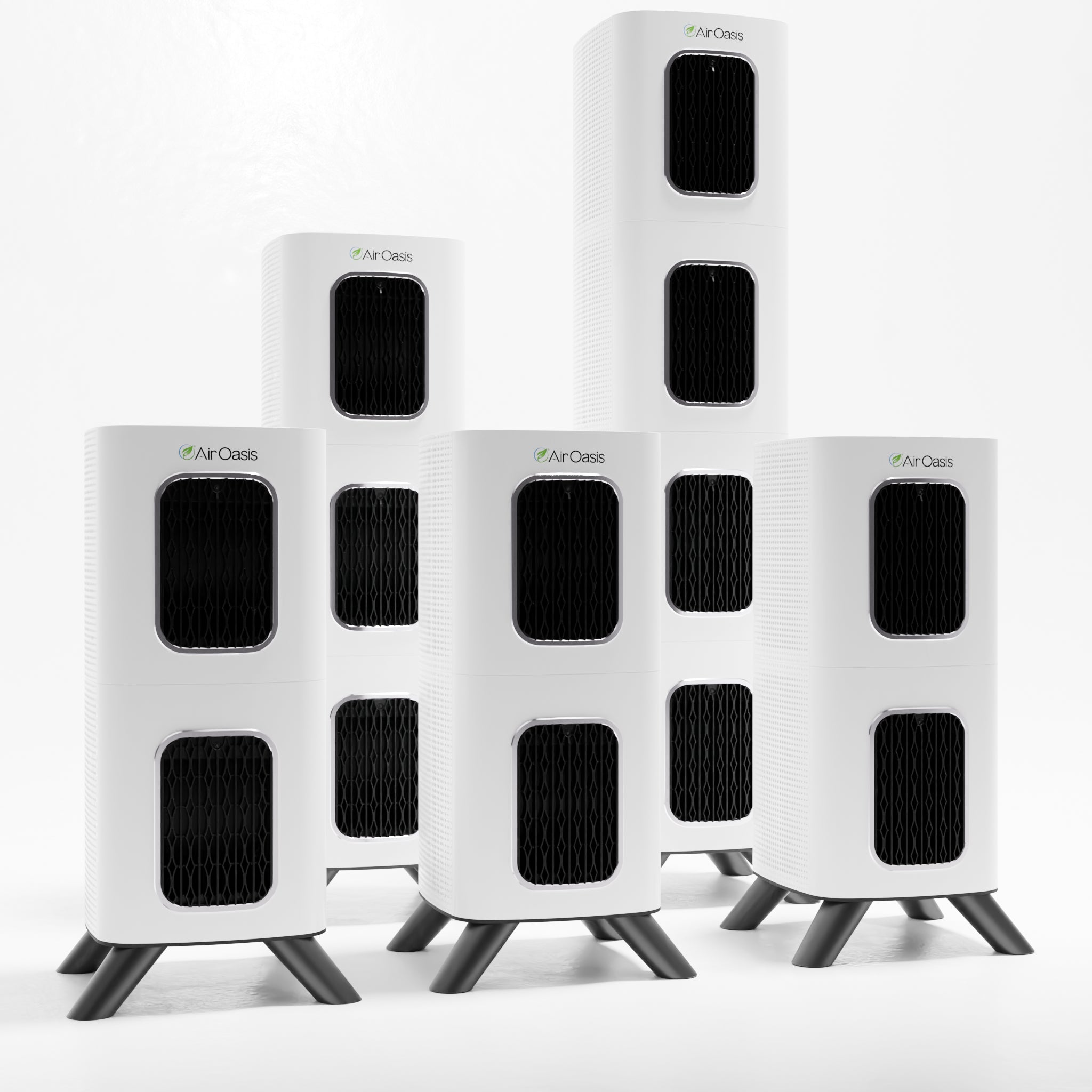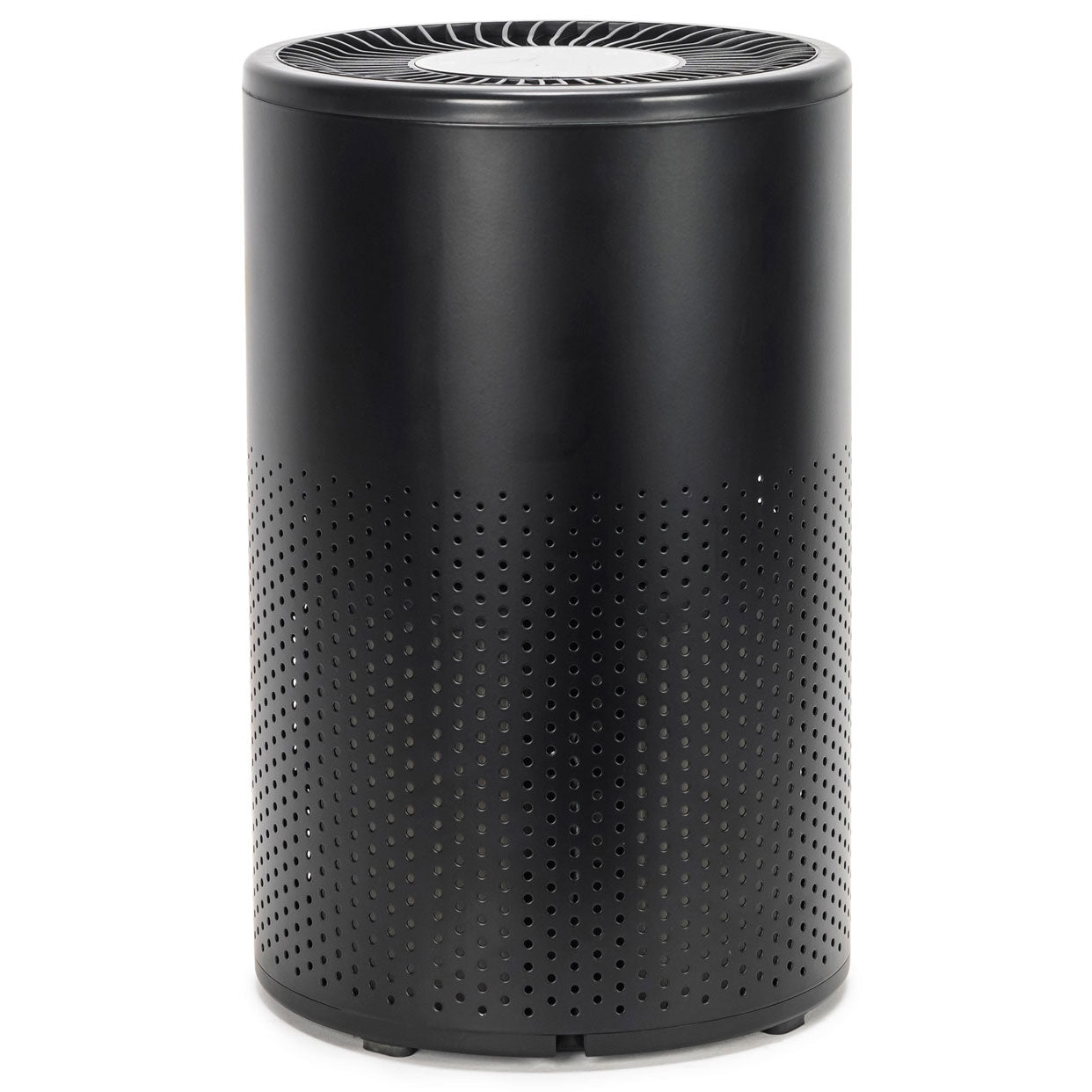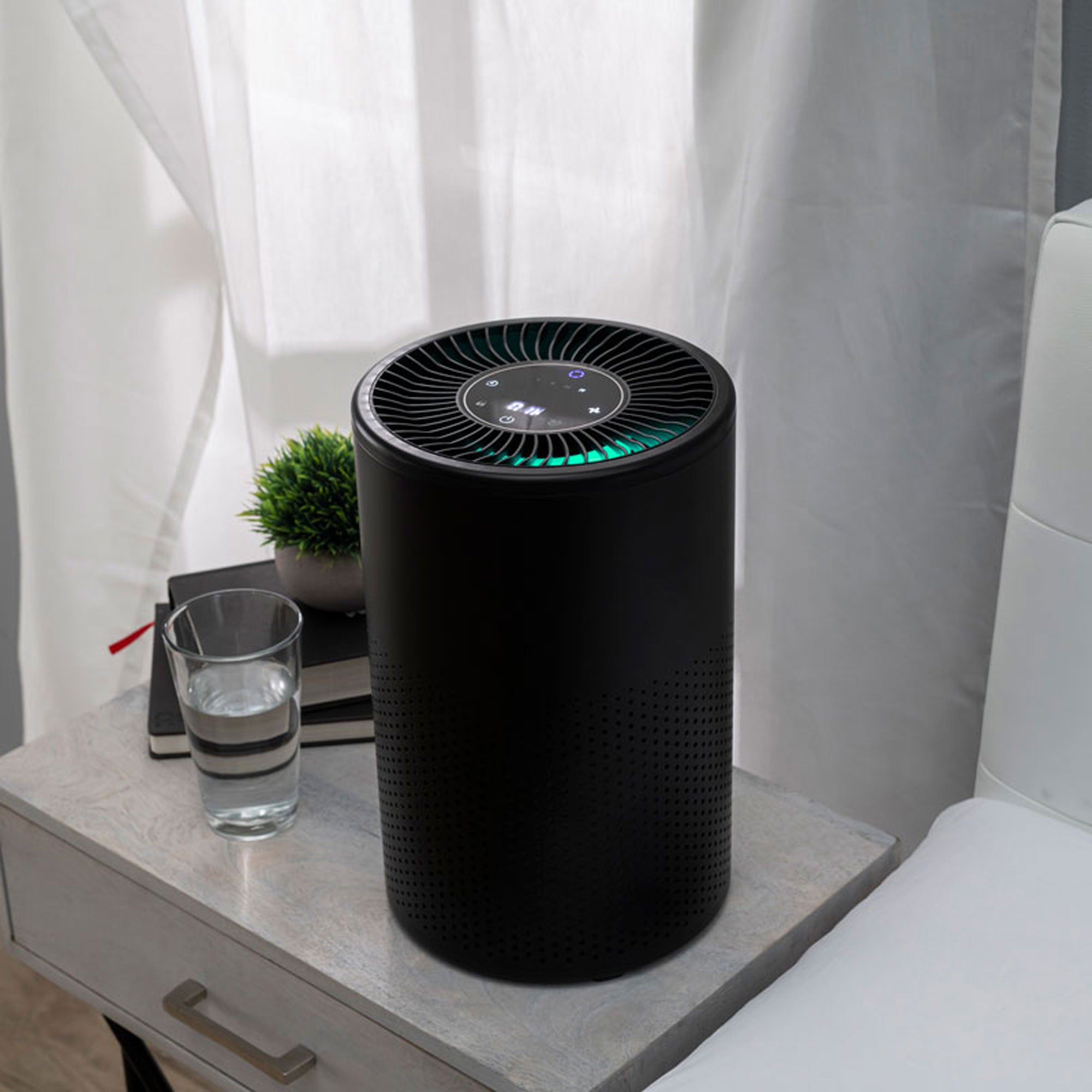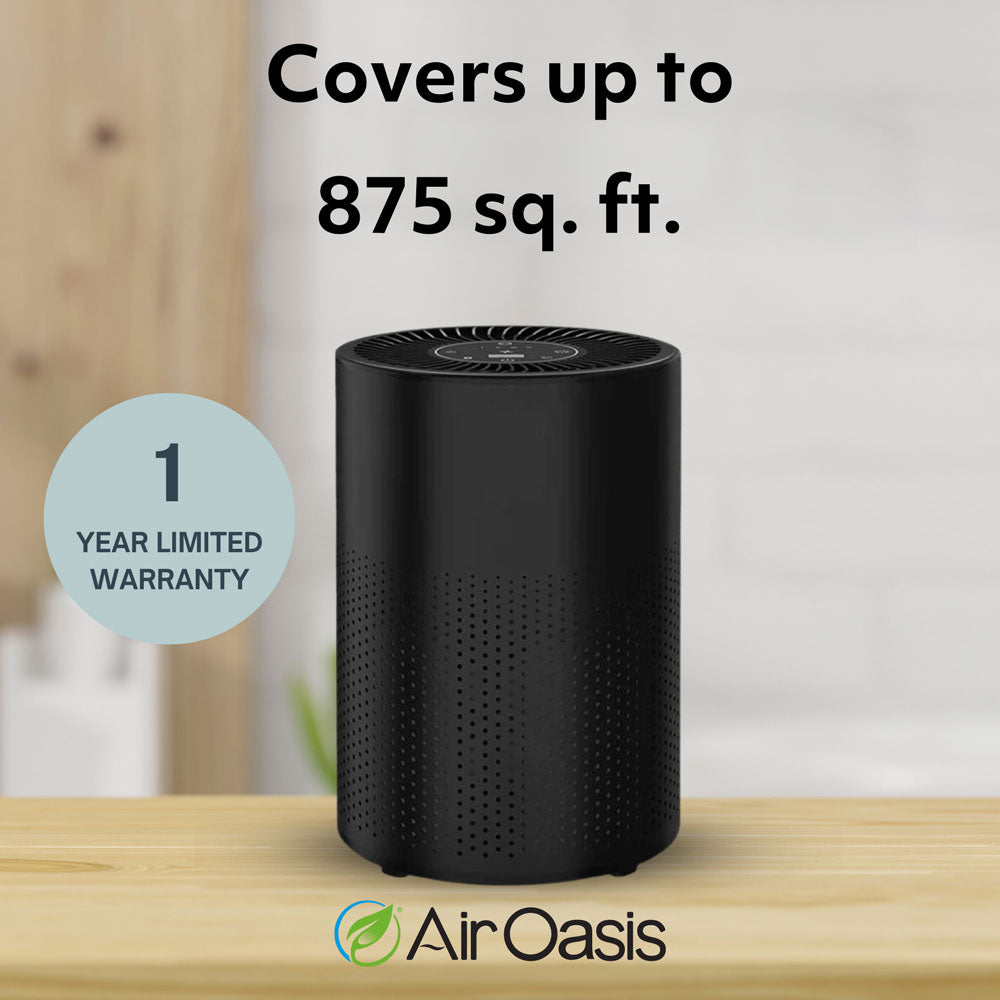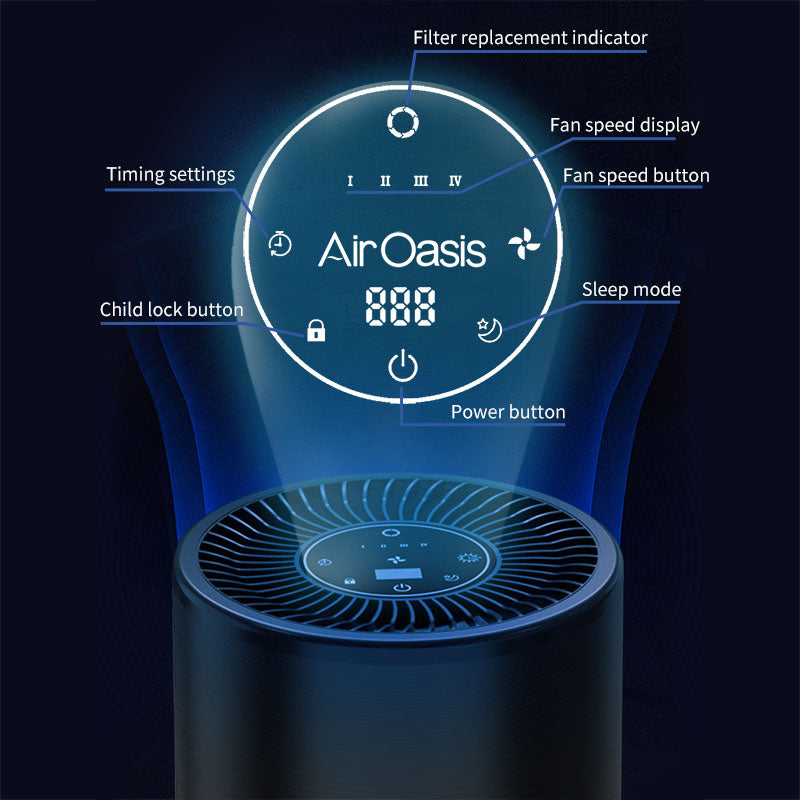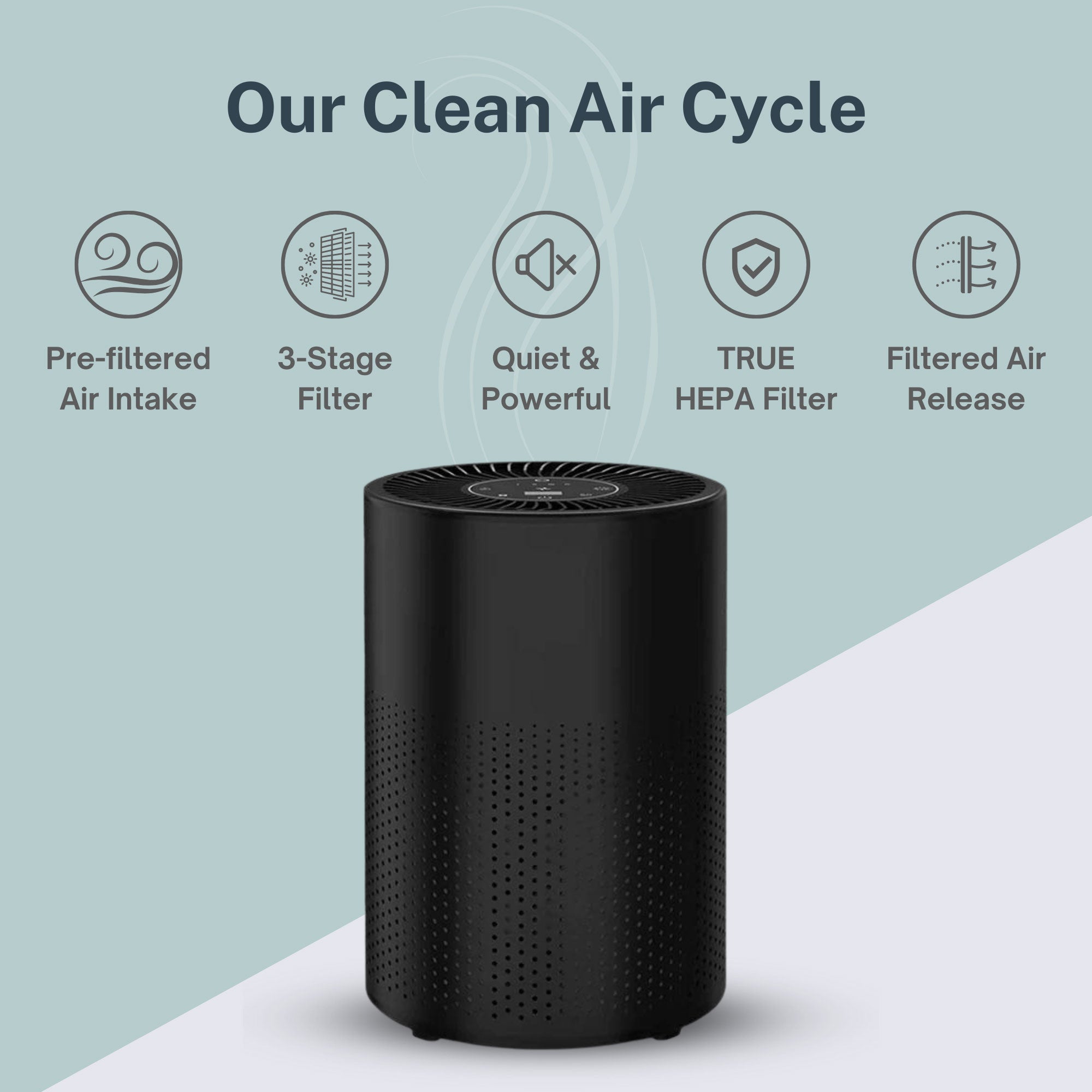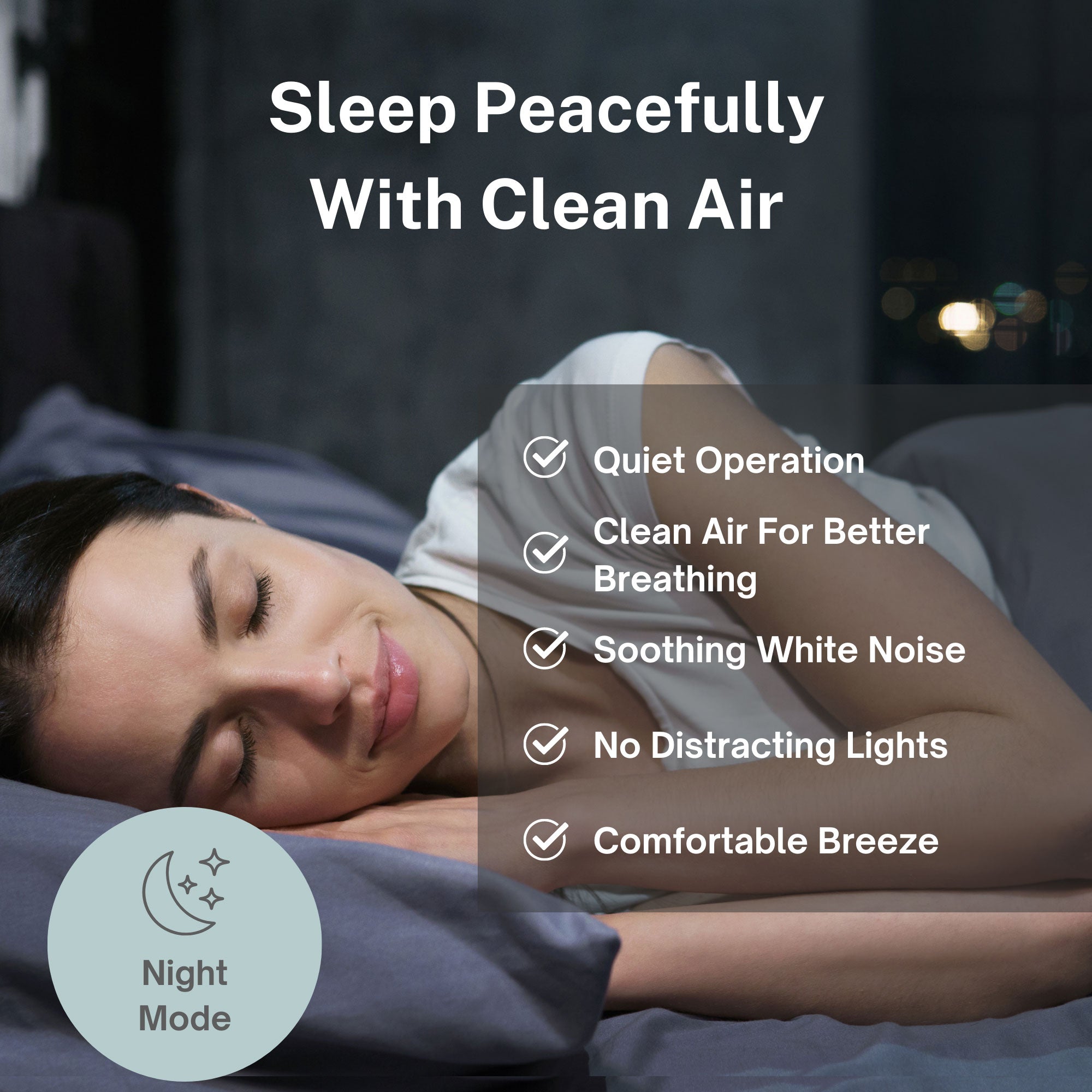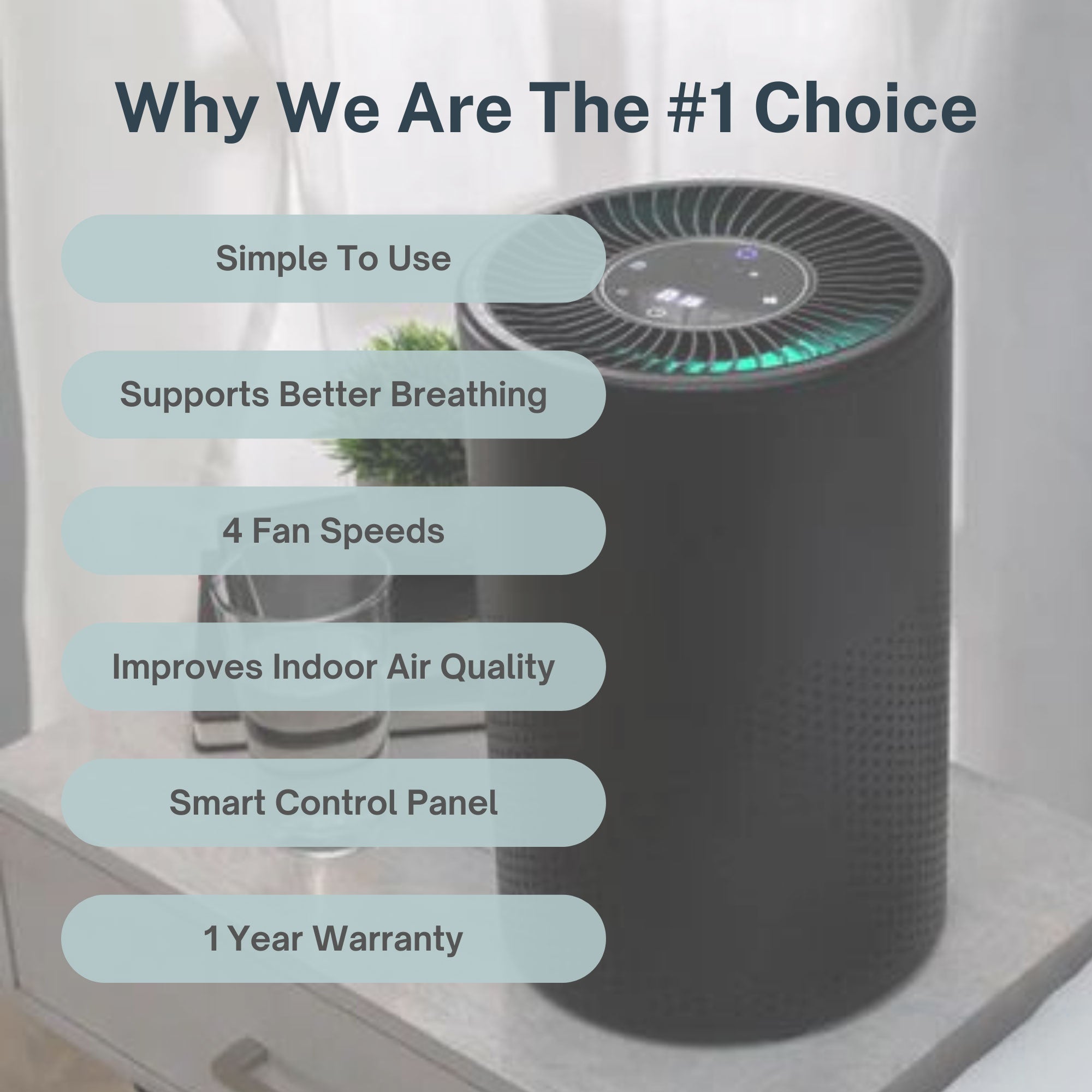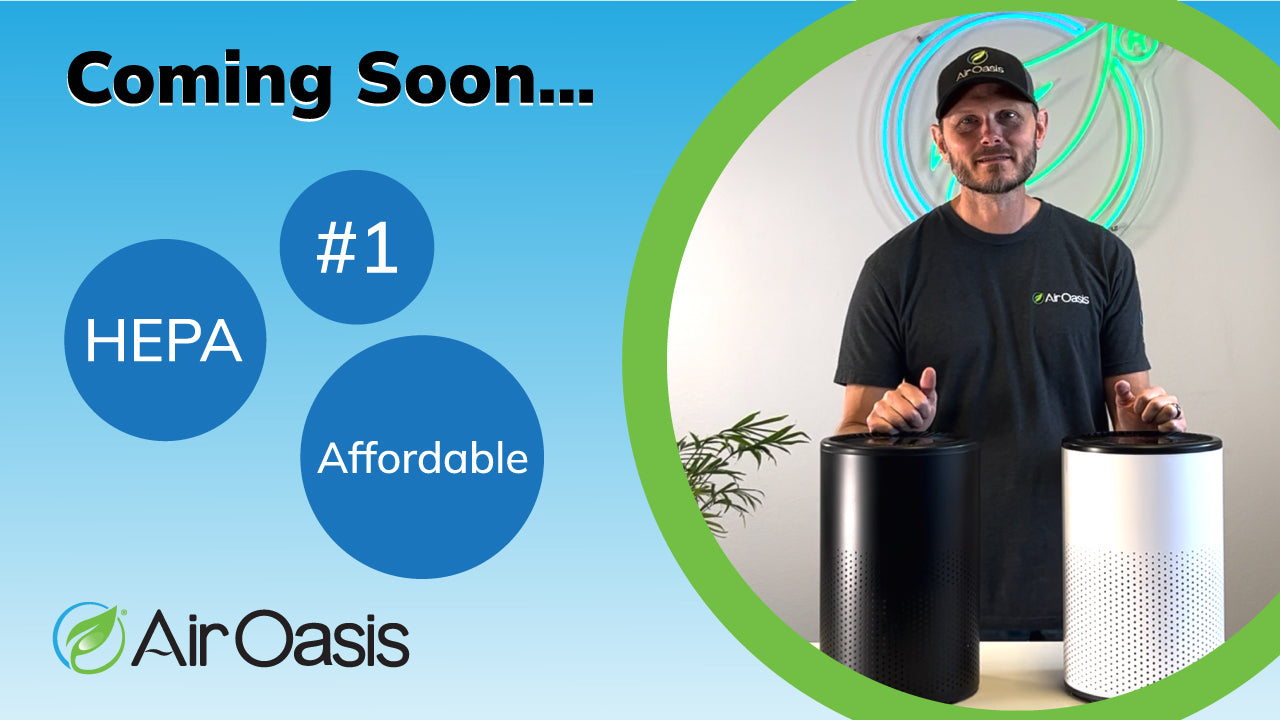As Minnesotans celebrated Mother's Day with record-breaking 90-degree temperatures, few realized this unseasonable warmth was setting the stage for a more concerning weather event: an air quality alert affecting nearly half the state. The Minnesota Pollution Control Agency's announcement of elevated ozone levels across western and central Minnesota highlights a growing reality for communities nationwide—our outdoor air cannot always be trusted.
Beyond Discomfort: The Real Health Impact of Ozone Alerts
Today's air quality alert isn't merely a technical advisory—it represents a genuine health risk for thousands of vulnerable Minnesotans. Ground-level ozone, often misunderstood as a distant atmospheric phenomenon, actually creates a powerful respiratory irritant when it forms near the earth's surface. Unlike the stratospheric ozone layer that protects us from UV radiation, ground-level ozone damages lung tissue, triggers inflammation, and worsens existing respiratory conditions.
For the elderly, young children, and the approximately 400,000 Minnesotans living with asthma, today's orange-level alert isn't just inconvenient—it potentially confines them indoors during what would otherwise be a beautiful spring day. Difficulty breathing, chest tightness, throat irritation, and coughing are all common symptoms during elevated ozone events, even among otherwise healthy individuals engaged in outdoor activities.
What's particularly troubling about ozone pollution is its deceptive nature. Unlike wildfire smoke or industrial emissions that provide visible evidence of their presence, ozone pollution remains invisible. Many people won't realize they're breathing harmful air until they experience symptoms, which may not manifest until hours after exposure.
The Climate Connection: Why Ozone Events Are Increasing
Minnesota's current air quality challenge illustrates a troubling pattern linked to our changing climate. The "sunny weather with warm temperatures and low humidity" cited by the MPCA as driving today's high ozone levels represents the perfect storm for ozone formation—conditions that climate models predict will become increasingly common across the Midwest.
The science is straightforward: ground-level ozone forms when nitrogen oxides and volatile organic compounds (primarily from vehicle exhaust, industrial emissions, and chemical products) react in the presence of sunlight and heat. As our climate warms and heat waves become more frequent, the chemical reactions creating ozone accelerate, generating more pollution even without increased emissions.
This climate-pollution feedback loop means communities must prepare for more frequent air quality alerts, even as emission control technologies improve. The days when air pollution was primarily a concern for major industrial centers or traffic-congested cities are behind us—as demonstrated by today's alert affecting communities from Bemidji to Worthington.
Creating Indoor Safe Havens: The Missing Piece in Public Health Guidance
While the MPCA's recommendations to limit outdoor activities and stay away from pollution sources provide important guidance, they overlook a critical dimension of protection: indoor air quality management. When authorities effectively tell vulnerable populations to remain indoors during air quality events, the assumption is that indoor environments provide adequate protection. Unfortunately, this isn't automatically true.
Indoor spaces without proper filtration often contain the same pollutants found outdoors, sometimes at even higher concentrations due to limited air exchange and additional indoor sources. Standard home HVAC filters typically remove only the largest particulates, letting ozone and many other pollutants pass through. Without targeted air purification, staying indoors may provide only marginal protection during air quality alerts.
Creating truly protective indoor environments requires proper air purification technology—particularly during pollution events. Advanced air purifiers with activated carbon filtration specifically target ozone and other gaseous pollutants that standard filters miss. When combined with true HEPA filtration, these systems create comprehensive protection against both particulate and gaseous pollutants.
For sensitive individuals—including the asthma sufferers, children, and elderly specifically mentioned in today's alert—a proper indoor air strategy isn't a luxury; it's an essential health intervention that allows them to breathe safely when outdoor air quality deteriorates.
Beyond Reactive Responses: Building Air Quality Resilience
As air quality alerts become more common across Minnesota and beyond, we need to shift from reactive to proactive approaches. Rather than scrambling when alerts are issued, communities and individuals should develop air quality action plans that include:
- Creating designated clean air rooms in homes with appropriate air purification technology
- Establishing air quality monitoring systems that provide real-time data about both outdoor and indoor conditions
- Developing community clean air shelters where vulnerable populations can gather during extended pollution events
- Incorporating air quality considerations into school policies, particularly regarding outdoor activities
This infrastructure-based approach treats clean air as the essential resource it is—something we cannot take for granted and must actively manage, particularly as climate change alters our atmospheric conditions.
For individuals, investing in proper indoor air purification technology provides immediate protection while supporting longer-term health. Research consistently shows that improved air quality correlates with better respiratory outcomes, reduced healthcare utilization, and enhanced quality of life for those with chronic conditions.
Beyond Today's Alert: A Call for Clean Air Consciousness
While today's alert will expire at 9 p.m., the underlying issues driving Minnesota's air quality challenges will persist. The combination of climate change, continued dependence on fossil fuels, and increasing population means air quality management must become a permanent part of public health strategy rather than an occasional response to alerts.
Creating this clean air consciousness requires both collective action through policy and individual responsibility through personal air quality management. Every Minnesotan deserves clean air, regardless of their health status, age, or location. When outdoor air fails to meet this standard—as it will today across much of the state—we must ensure indoor environments provide the protection our health requires.
As communities navigate today's alert and prepare for future air quality challenges, remember that you don't have to wait for government solutions. By investing in proper air purification technology today, you create immediate protection for yourself and your loved ones while contributing to the broader clean air consciousness our changing climate demands.
Shop Air Oasis today and ensure your home remains a clean air sanctuary no matter what pollution challenges tomorrow brings.

